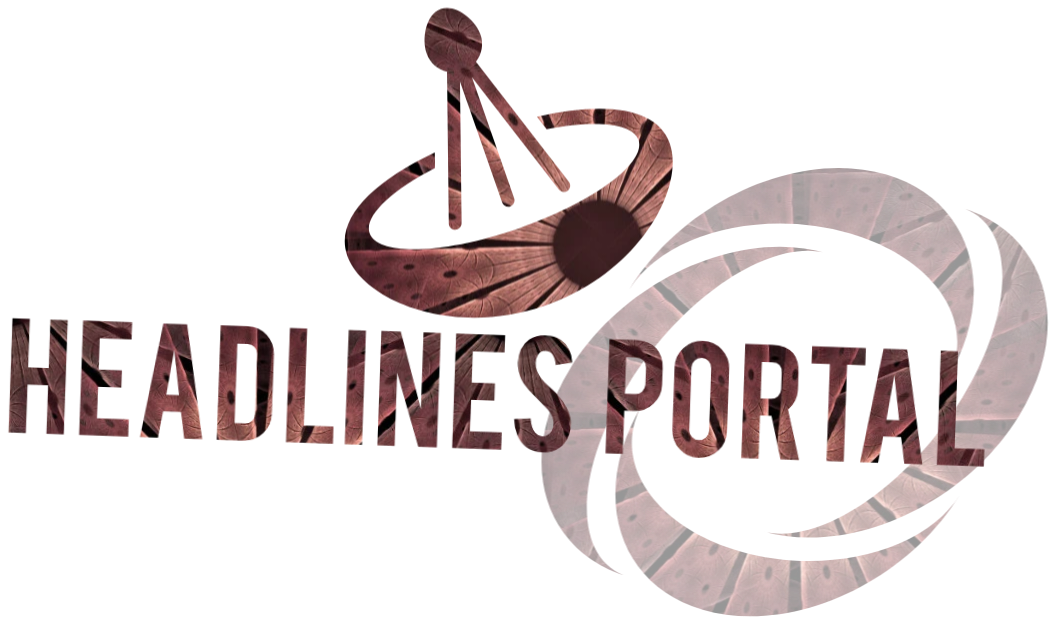
Coffee grinding produces large quantities of static charge due to both fracturing and rubbing. Charge causes particle aggregation and discharge, a familiar problem in industrial coffee production. New research demonstrates that the magnitude of charge depends on the roast profile and, more importantly, the internal moisture content of whole-bean coffee.
Harper et al. demonstrate that the addition of external water simultaneously suppresses surface charging and clumping of ground coffee and results in notably different flow dynamics in espresso formats, likely yielding markedly different taste profiles and more concentrated extracts. Image credit: Harper et al., doi: 10.1016/j.matt.2023.11.005.
“Moisture, whether it’s residual moisture inside the roasted coffee or external moisture added during grinding, is what dictates the amount of charge that is formed during grinding,” said Dr. Christopher Hendon, a computational materials chemist at the University of Oregon.
“Water not only reduces static electricity and therefore reduces mess as you’re grinding, but it can also make a major impact on the intensity of the beverage and, potentially, the ability to access higher concentrations of favorable flavors.”
“These improvements to coffee extraction could have massive economic implications for the coffee industry, which is worth $343.2 billion or 1.5% of the US gross domestic product.”
“Pushing the concentration up by 10-15% for the same dry coffee mass has huge implications for saving money and improving quality.”
That coffee grinding produces static electricity has long been known within the coffee industry, where this electrification causes clumping and occasional zaps, but little was known about how different coffee attributes contribute to this phenomenon or how it impacts brewing.
To identify factors associated with static electricity generation during coffee grinding, Dr. Hendon teamed up with volcanologists who study similar electrification processes during volcanic eruptions.
“During eruption, magma breaks up into lots of little particles that then come out of the volcano in this big plume, and during that whole process, those particles are rubbing against each other and charging up to the point of producing lightning,” said Dr. Joshua Méndez Harper, a volcanologist at Portland State University.
“In a simplistic way, it’s similar to grinding coffee, where you’re taking these beans and reducing them to fine powder.”
The researchers measured the amount of static electricity produced when they ground different commercially and in-house roasted coffee beans that varied by factors including country of origin, processing method (natural, washed, or decaffeinated), roast color, and moisture content.
They also compared the impact of grinding coarseness on the amount of electricity produced.
There was no association between static electricity and the coffee’s country of origin or processing method, but the researchers did find associations between electrification and water content, roast color, and particle size.
Less electricity was produced when coffee had higher internal moisture content and when coffee was ground at a coarser setting.
Light roasts produced less charge, and this charge was more likely to be positive, while darker roasts — which also tend to be drier — charged negatively and produced more overall charge.
The scientists also showed that dark roast coffees produce much finer particles than light roasts when ground at the same setting.
Next, they tested whether grinding with water changed the way espresso is brewed.
When they compared espresso made with identical coffee beans ground either with or without a splash of water, they found that grinding with water resulted in a longer extraction time and a stronger brew.
Grinding with water also resulted in espresso shots that were more similar from shot to shot, overcoming a major hurdle for baristas and industrial coffee brewers.
Though they only tested espresso, these benefits would apply to many other brewing methods.
“The central material benefit of adding water during grinding is that you can pack the bed more densely because there’s less clumping,” Dr. Hendon said.
“Espresso is the worst offender of this, but you would also see the benefit in brew formats where you pour water over the coffee or in small percolation systems like a stovetop Bialetti.”
“Where you’re not going to see a benefit during brewing is for methods like the French press, where you submerge the coffee in water.”
The results were published in the journal Matter.
_____
Joshua Méndez Harper et al. Moisture-controlled triboelectrification during coffee grinding. Matter, published online December 6, 2023; doi: 10.1016/j.matt.2023.11.005














